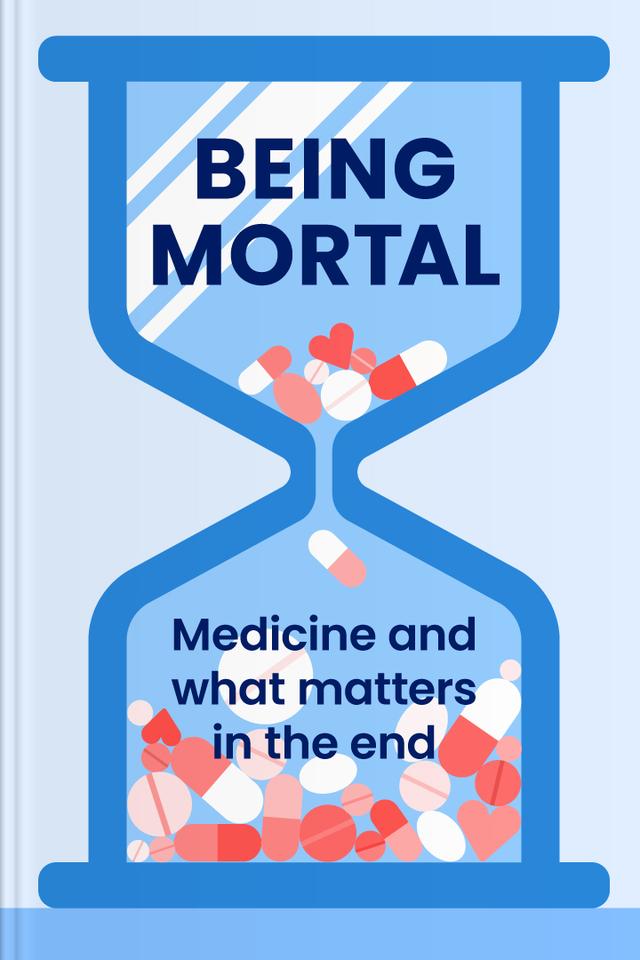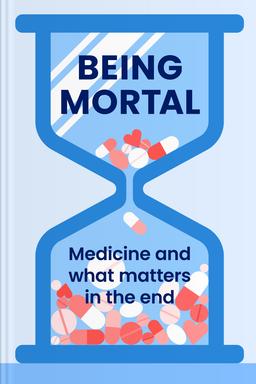You’ll learn
- How medicine has vastly transformed the aging process
- The modern view of mortality
- Why and how we age
- Priorities in the face of impending death
russia has launched a full-scale war in Ukraine. Donate to support Ukraine and protect the world’s peace.

first KEY POINT
In medical school, Atul Gawande and his classmates rarely talked about mortality and how people experience death. After all, medical school aims to teach students to prevent premature death, not to expect it.From his student years, Atul Gawande recalls exploring mortality during a discussion of The Death of Ivan Ilyich by Leo Tolstoy. It is a story about a lively, intelligent man who suffers a significant injury, which leads him to depression. He felt that people around him weren’t giving him the support he needed because they couldn’t accept the possibility of his demise. Most of us think we’d be able to show compassion, but facing mortality can be quite shocking.Modern scientific discoveries in medicine have proven pivotal in the contemporary realities of human life. Longevity has become a thing, and people are trying to make the best of their lives instead of simply surviving. However, this scientific enlightenment has put human aging and dying into the hands of medical professionals.The reality of death often seems almost mystical due to the enigmatic nature of the final stage of human life. Alongside other societal changes, the final moments of life have also undergone a huge transformation. For example, as far back as 1945, it was customary for most people to take their last breath at home. Fast forward to the 1980s, and only a meager 17% were privileged to die within familiar walls, with many dying in hospitals.
Do you want to learn more about what awaits us in the twilight years and how to conquer the fear of an impending end? S tick around to find out how modern medicine changed our view of death and how to accept our finitude without fear.
second KEY POINT
Recently, older adults seem less emotional about their children leaving to start their own lives. Historians believe the older generations are better off economically and seldom unhappy going about the rest of their lives in relative seclusion.The rapid growth of the economy changed the real estate ownership model. While elderly parents used to pass down land to their grown children, now they have a few more options. They can either sell or rent it out, and this switch allows for a more leisurely and enjoyable retirement.Advancements in the healthcare field are also a significant factor in this shift. Several centuries ago, life expectancy was much shorter. Nowadays, parents can see their children grow into adults before worrying about the limitations of old age. Their relationships change — parents tend to lose the position of financial stability providers at this stage. Most importantly, once their offspring start building their own lives, parents have a chance to live for themselves.

Continue reading with Headway app
Continue readingfirst KEY POINT
second KEY POINT
third KEY POINT
fourth KEY POINT
fifth KEY POINT